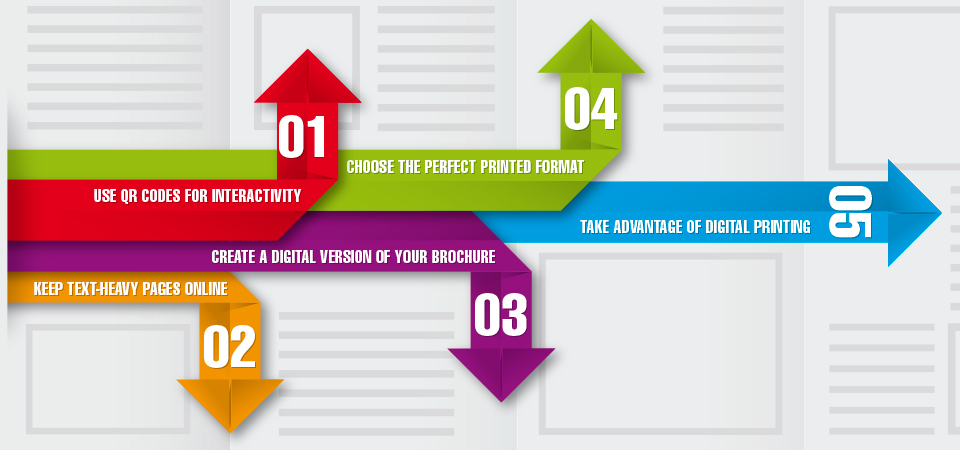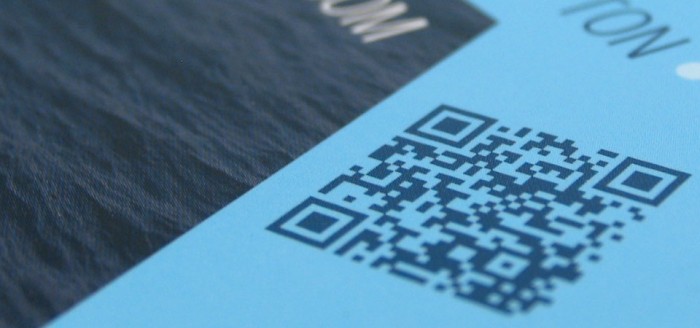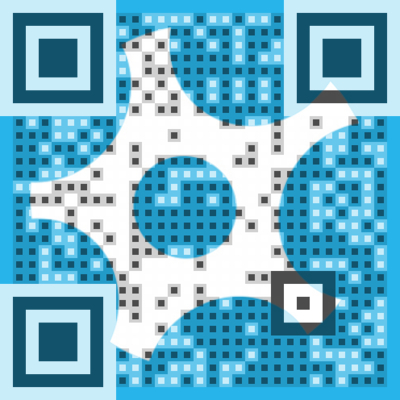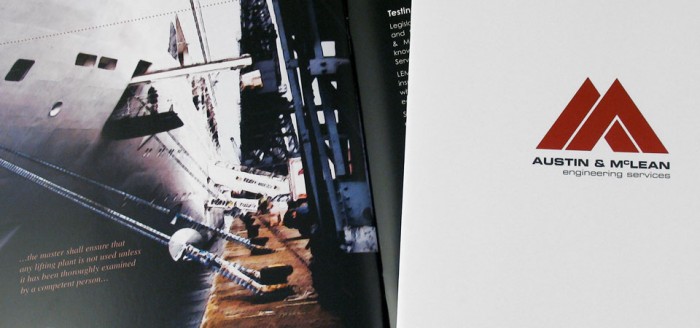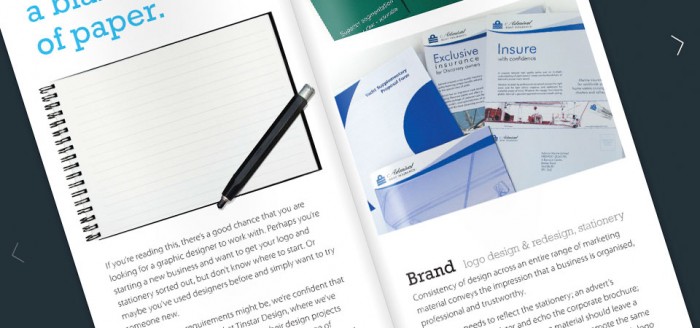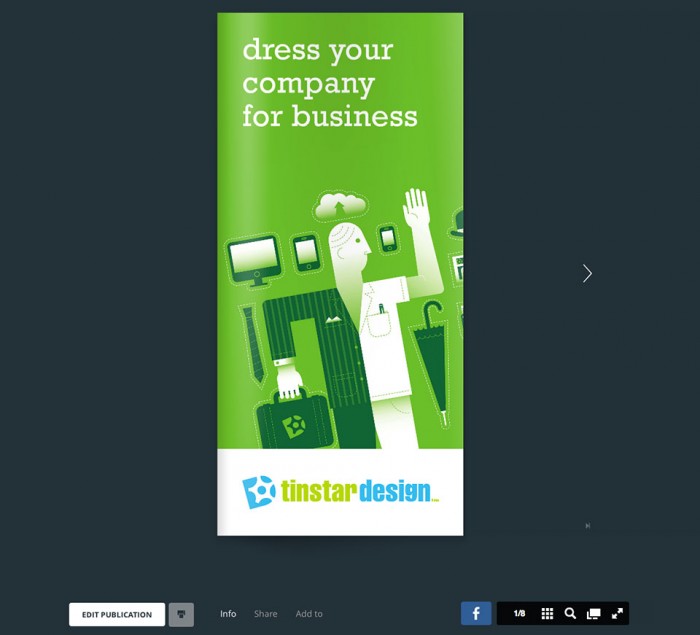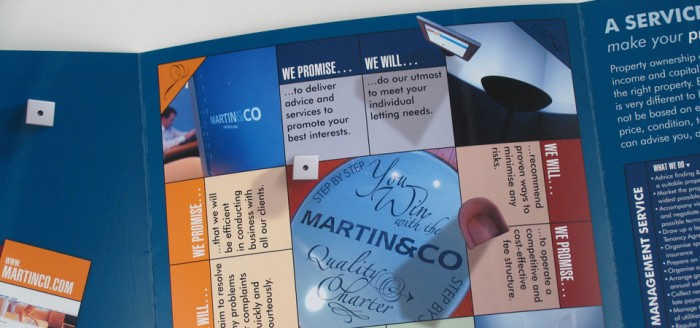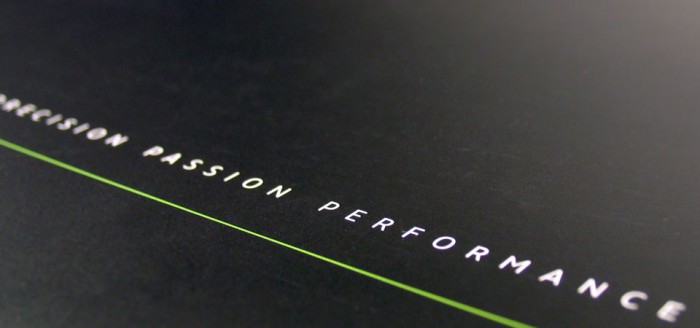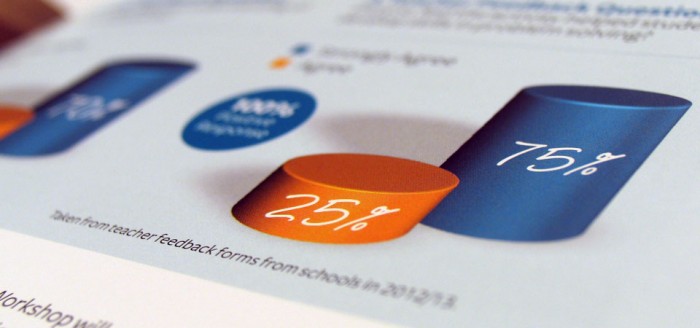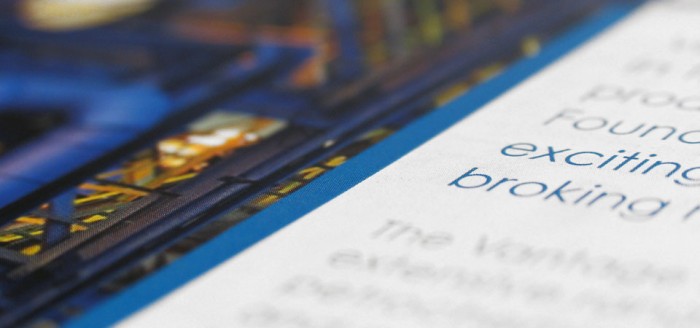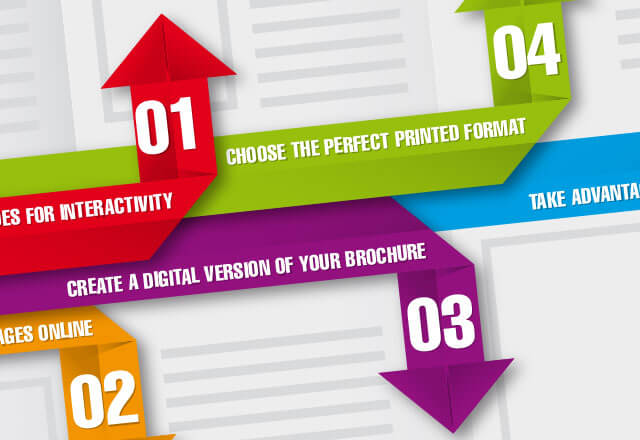The company brochure is alive and well – the internet has not destroyed its ability to inform, entice and convert potential customers. In fact, if the ubiquitous company website has done nothing else, it’s helped to clarify how people read (or scan) websites – and how they read printed material.
However, the internet and other technological advances in recent years have opened up opportunities that businesses are yet to embrace, thus keeping their brochures behind the times.
The content of a company brochure tends to be created with a lengthy shelf life in mind. This is mainly because of the cost of printing and distribution – updating a web page is fast and cheap (which begs the question, why don’t companies keep their websites more up-to-date…?), but if even a full stop is changed on a brochure, it’s time for a reprint.
The printed brochure tends to carry more weight with the reader. It has a higher perceived value and it’s more likely to stick in the mind.
However…
What plenty of brochures have yet to embrace is the notion that they’re not standalone items any more – and they don’t all have to be the same size and shape. There are plenty of ways to freshen up a brochure and thus drag it out of ‘The Dark Ages’… here are five.
1. Use QR Codes for Interactivity
Smartphones can scan Quick Response Codes to visit a website or call a number.
For the uninitiated, a QR (Quick Response) Code is one that has emerged as a direct result of the development of smartphones with cameras. It’s not unlike a barcode in function, but all wrapped up in a perfect square of pixels. If a QR Code is scanned by a smartphone (using an appropriate scanning app), the user is usually directed to a website address.
However, what you may not know is that QR Codes can do much more than just send you to a website. Amongst other things, they can:
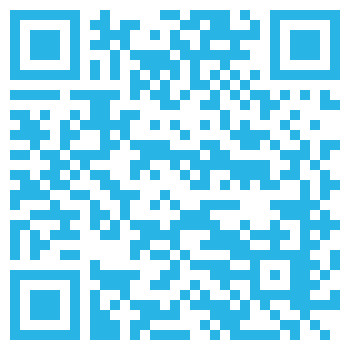
Send to a Website
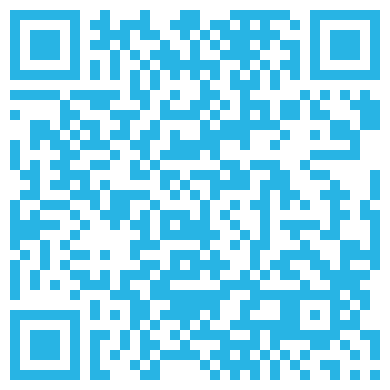
Bookmark a Web Page
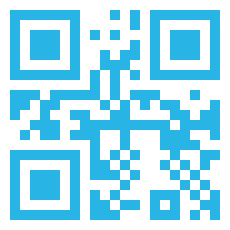
Make a Call
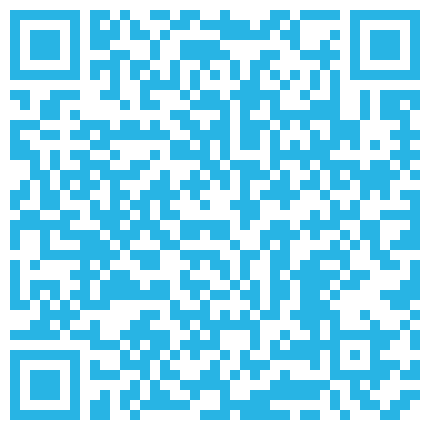
Send an SMS Message
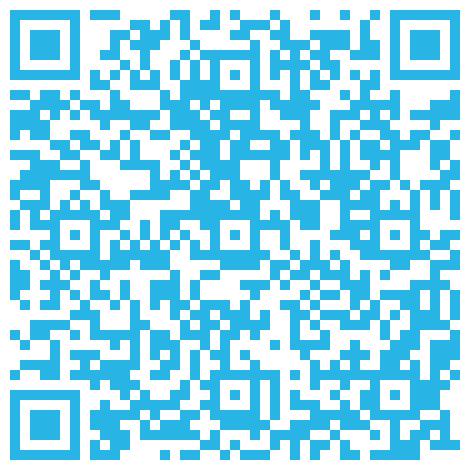
Send an E-mail
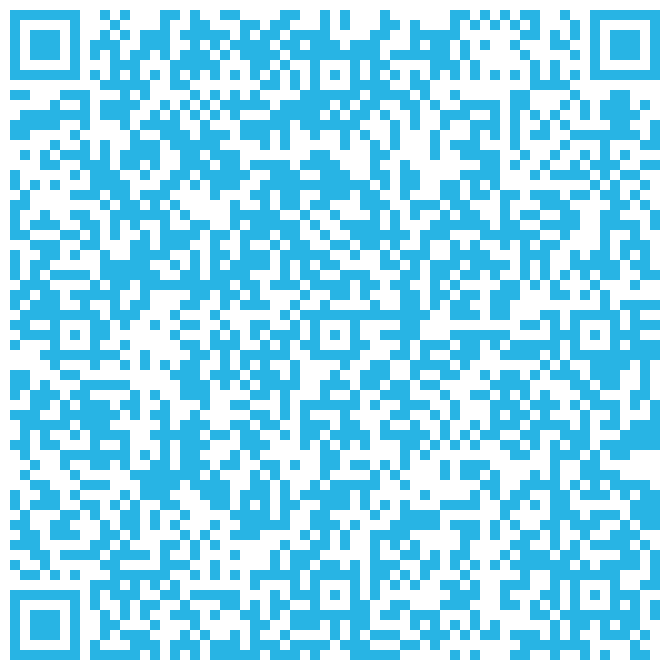
Create a vCard
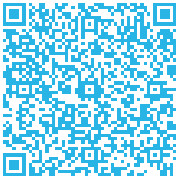
Create a vCalendar Event
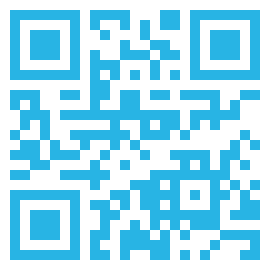
View a Geographical Location
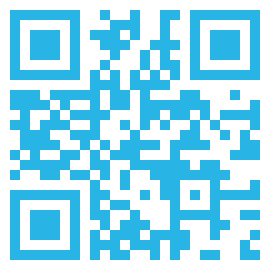
Watch a YouTube Video
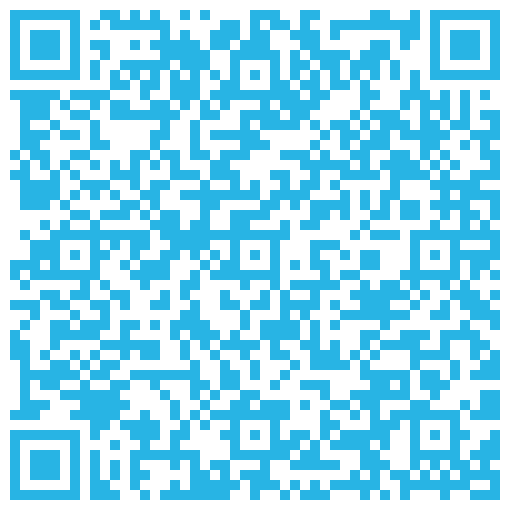
Send a Tweet
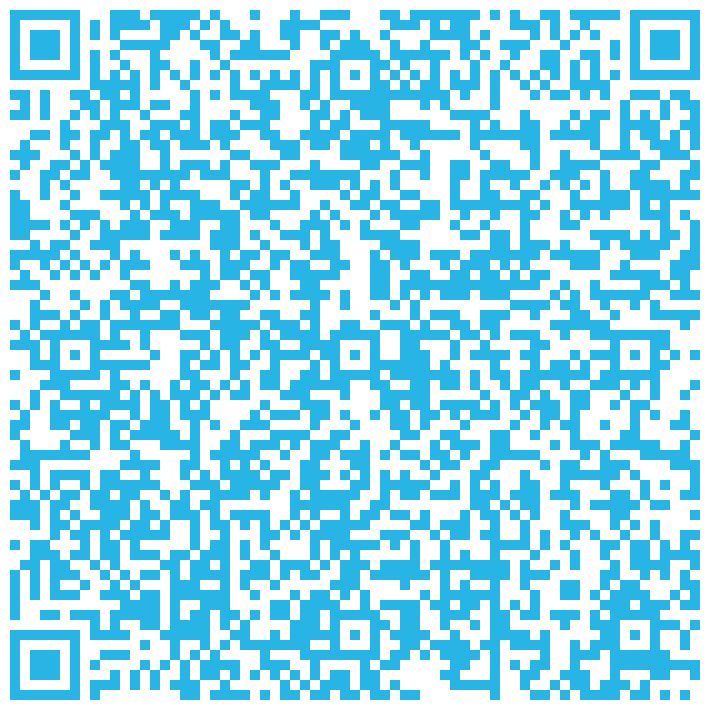
Read a Plain Text Message
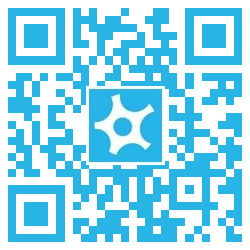
View a Twitter Profile
You’ll notice that last one automatically pulls in a Twitter profile image which is pretty cool. You’ll also notice that QR Codes don’t need to be black and white – in fact, they can be customised quite heavily as the following code demonstrates:
By adding a QR Code to a company brochure (or any other printed item for that matter), you can send the reader to a website, PDF download, App Store and any number of other online resources – or you could just help them find their way to your offices by directing them to a Google Map that pinpoints your location. Considering that not so long ago all a brochure could contain was a phone number and address, this relatively new concept of an ‘interactive’ company brochure completely transforms the way that a business can connect with its customers.
It also means that a lot of text-heavy material that once overloaded a company brochure can now be moved online:
2. Keep text-heavy pages online
Reclaim white space and rediscover elegant design by keeping supporting information online.
Whereas before, a company brochure often had to include a hefty dose of text-heavy information, much of this can now be kept online – thus freeing up the brochure to look beautiful and entice clients. Like a website, the company brochure exists for one primary purpose: to persuade potential clients to pick up the phone and become actual clients. There are a few secondary purposes for its existence – one of which is the dissemination of information.
But not every reader wants to know everything all in one hit. If a reader is overwhelmed with content, whether online or offline, it’s unlikely that they’ll persevere. The ability to move secondary content to an alternate location takes the pressure off the design and layout – and the brochure can take advantage of lighter text, more ‘white space’ and become much more palatable.
More compelling reasons for keeping supporting information online:
- Less content can result in a smaller brochure – which is cheaper to print.
- Keeping frequently updated information as web pages or PDF files (such as prices, product lines or Ts & Cs) means that the company brochure has a longer shelf life and therefore doesn’t need to be reprinted so often.
- If custom QR Codes are used for each section, the reader will arrive at the web page ‘pre-sold’. They’ll know what to expect and will be more likely to take things to the next stage. An enquiry form or other call-to-action can be placed on that page to encourage contact. This level of interactivity and engagement was simply not possible in ‘The Dark Ages’.
3. Create a digital version of your brochure
Use ISSUU to upload your brochure artwork for embedding on websites and downloading.
If you’re going to the trouble of having a company brochure designed and printed, it makes sense to extend its reach as much as possible, especially if it’s free. One way to do this is to use a service such as the one offered by ISSUU.com. By uploading a PDF version of your brochure to a site like ISSUU.com, it has the potential to reach an entirely new audience. The uploaded document is converted into an elegant, interactive, page turning browser-based version. This can be embedded on a website, shared on social networks or followed and read on ISSUU.com itself. The document can also be downloaded as a PDF file for offline printing and viewing.
Whilst this isn’t a wholesale replacement for the company brochure, it is an additional string to the marketing bow. You might even consider having a QR Code printed on the brochure that leads to its online counterpart. The screenshot below shows the Tinstar brochure featured on ISSUU.com.
4. Choose the perfect printed format
Consider your audience, venue, print requirements, content and budget.
The most common size and shape of a company brochure used to be A4 portrait (in countries that had adopted the international paper size standard). This is still a very popular format, but by no means set in stone. When selecting an appropriate format for your new brochure, ponder the following considerations:
- What is the primary purpose of the brochure?
- What look and feel should it convey?
- What is the nature of the content (quantity and type)?
- Under what circumstances will the brochure be picked up – where and why?
- How often will the brochures need to be reprinted due to content changes?
- Will the brochure need to appeal to one or many different types of reader?
- How many brochures will be printed at any given time?
Let’s look at a couple of scenarios that work through these questions based on actual projects undertaken by Tinstar:
Scenario 1 – Superyacht Builder Brochure
- What is the primary purpose of the brochure?
To raise the profile and build the client base of the company within the superyacht and global yacht racing industry. - What look and feel should it convey?
Phenomenally high quality and high perceived value in keeping with the superyacht market. - What is the nature of the content?
There will be a lot of high quality, professional photographs and renderings of superyachts on the drawing board, in build and under sail. There will be a couple of paragraphs of text for each project. - Under what circumstances will the brochure be picked up – where and why?
The brochure will be handed out at industry events (such as the Monaco Yacht Show) to prospective clients and their agents. It is likely that the handing over of the brochure will follow a discussion or meeting. It’s unlikely to be handed out to passing show visitors. - How often will the brochures need to be reprinted due to content changes?
The brochure will be reprinted annually with updated content. - Will the brochure need to appeal to one or many different types of reader?
The brochure will need to appeal to three types of customer – racing yacht clients, superyacht clients and performance superyacht clients. However, it is likely that all these types of reader will be interested in getting a fully rounded impression of all available services and past projects. - How many brochures will be printed at any given time?
Due to the small number of potential clients, a relatively short run of 250 – 500 brochures will be required.
Recommendations for brochure design, format and print finish:
- Despite the requirement for a relatively short run of brochures, it was important to ensure that the finish was as high quality as possible.
- The brochure itself was 28 pages long (including cover), with each project taking up a full spread in order to give the most impact to the images. Most of the images were landscape in aspect ratio (as yachts tend to be), so the brochure size was A4 landscape.
- The cover was of a heavier weight that the interior pages and was also matt laminated – matt lamination (as opposed to gloss) has a nice, waxy feel and it protects the surface from fingerprints and other blemishes, giving the brochure a longer life.
- Four colour process litho printed throughout, the brochure was ‘perfect bound‘, meaning that the spine was perfectly squared off like a book, rather than stapled (saddle stitched).
- Finally, on the outer cover certain elements were picked out in spot gloss UV (Ultra Violet) varnish, resulting in a beautiful high gloss contrast against the matt lamination beneath. The cost of all the specialised finishing was relatively high, but the overall result ticked all the boxes.
Scenario 2 – Career Training for Schools Brochure
- What is the primary purpose of the brochure?
To encourage teachers and school managers to book career training days for their students. - What look and feel should it convey?
The brochure should present the business as experienced and highly professional with a proven track record. It should present matter-of-fact information in an accessible way. - What is the nature of the content?
With not much imagery, the brochure would use quotes and statistics in order to enhance the course syllabus in each section. - Under what circumstances will the brochure be picked up – where and why?
The brochure would mainly be posted out to a database of schools. Some would be handed out at trade functions or on school visits, but most would be mailed. - How often will the brochures need to be reprinted due to content changes?
The brochure would need to be updated and reprinted annually. - Will the brochure need to appeal to one or many different types of reader?
The main target audience would be teachers who would otherwise have to organise the career day themselves – not appealing. - How many brochures will be printed at any given time?
Between 5,000 and 6,000 brochures will be printed annually.
Recommendations for brochure design, format and print finish:
- The fact that the brochure would be posted dictated the size and weight of the finished item (postage is not cheap). For this reason we opted for an A5 size.
- The company brochure was 16 pages long and to keep the weight down, the cover was the same weight as the inner pages.
- Although digital printing is cheaper for short runs, the four colour litho process is much more cost effective for longer runs such as this one.
- In order to grab the attention of the recipient, the cover featured a 3D graph representing the most compelling statistic of all – the fact that students universally agreed that the courses helped them to comprehend what skills they needed for their chosen career.
- The inner pages combined quotes with light imagery and course information.
- Each spread contained a website address that would contain much more information if required.
Popular company brochure formats
The scenarios above are just two examples of how we use the information supplied in a brief to select an appropriate format. The questions are all the same, but the finished results are very different – and completely customised to the requirements of the client. The two projects above resulted in an A4 landscape brochure and an A5 portrait brochure – below are some other popular formats.
- Folder & Inserts (A5 or A4)
A great way to keep printing costs own. If the folder displays long term information unlikely to change, the A4 or A5 inserts can be chopped and changed as often as required. This is also a good way of handing a customised brochure to clients with different requirements. Just the inserts relevant to them could be included. - Tri-Fold DL Brochure (Z-folded or roll folded 6 page)
A very popular, handy, cheaply produced option. This is usually a sheet of A4 folded to one third size – and so will fit in a standard DL envelope. - 210mm Square Brochure
An easily produced, aesthetically pleasing format. A4 is 210mm wide – we simply remove 87mm off the bottom to create the square – and there are standard square envelopes available if required.
5. Take advantage of digital printing
Keep your content fresh by printing fewer brochures, more often, for less money.
The quality of digital printing has increased exponentially over the last few years. Whereas in its early days it was considered a cheap and cheerful alternative, it’s now an established part of the estimating process. We invariably put digital print estimates side-by-side with litho estimates when quoting for short print runs. If you need just a few brochures that don’t require any special finishing, then printing them digitally can be extremely cost effective – and the results are now on a par with litho printing.
This means that brochures that need to be updated regularly can be kept fresh without incurring the high printing costs that were the norm in ‘The Dark Ages’.
Article by Nick Beresford-Davies, Director of Tinstar Design Ltd
